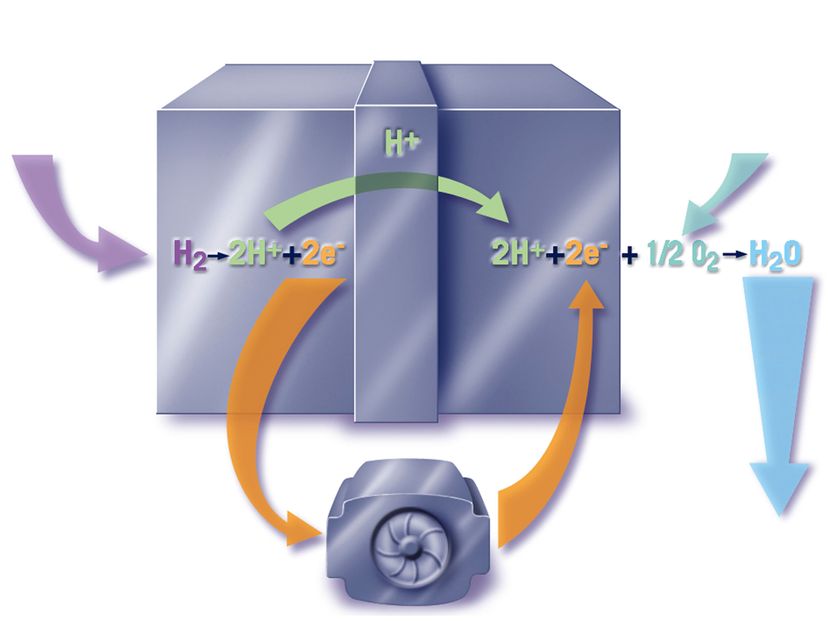
About This Quiz
Electric motors are inside all kinds of ordinary devices, using a power source to make motion. So what makes the motor go 'round?In an electric motor, a central magnet spins, creating motion. This motion is behind everything from the turning wheels on a toy car to the starter motor in a real car's engine.
Inside a motor, the attraction and repulsion of magnets keeps a bar spinning. This creates rotational motion.
If you dismantle the motor inside a small toy, you'll find a power source and magnets. At the heart of the motor are the armature, commutator, brushes and axle. These parts work together to make things move.
Advertisement
The rotor, or armature, is an electromagnet. When electricity moves through the coils of the armature, it creates a magnetic field, and the rotor spins.
The poles of a motor's field magnet attract and repel the poles of the armature. The field magnet can be an electromagnet, but many small motors use permanent magnets to save power.
A commutator is basically a switch that comes into contact with the brushes in the motor. At just the right moment, the switch will flip. This ensures that the motor produces steady motion
Advertisement
The motor's axle runs through the armature and commutator. In addition to holding them in place, it allows the armature to spin, creating motion.
A small motor's brushes are pieces of springy metal that come into contact with the commutator, delivering power.
Imagine a bar magnet suspended between the north and south poles of a horseshoe magnet. Usually, the attraction and repulsion between the poles will cause the bar to spin. But if the bar was exactly horizontal, it might get stuck in one position. A three-pole rotor keeps this from happening. A two-pole motor would also continually short out, possibly burning out the battery.
Advertisement
There are electric motors in lots of household devices, from refrigerators to blenders. An ordinary water filter -- the kind that attaches to the faucet or rests in a pitcher -- uses gravity and water pressure rather than a motor.